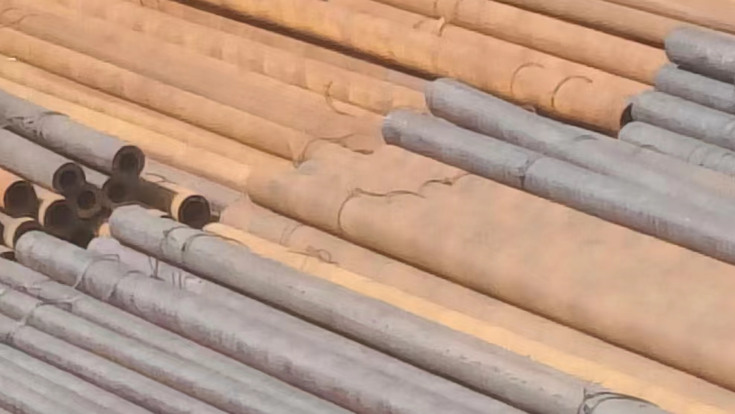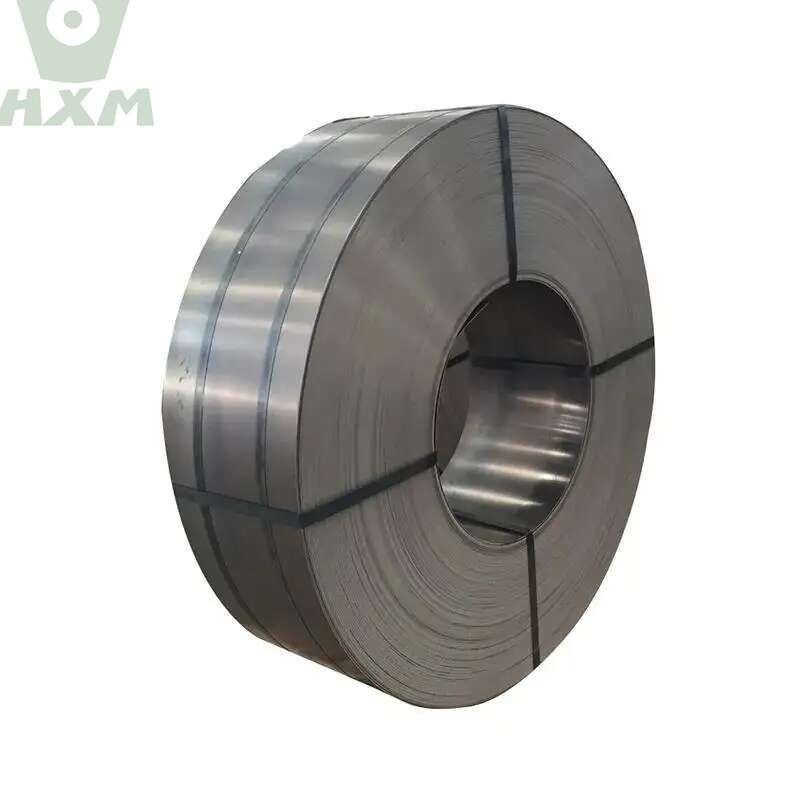Carbon steel, as an important and widely used metallic material, finds extensive applications in fields such as construction, automotive, machinery, and shipbuilding due to its remarkable strengths in terms of hardness, ductility, and weldability. However, the fatigue strength of carbon steel under high-temperature conditions can limit its large-scale applications, necessitating the adoption of measures to enhance its fatigue resistance. In this article, we will take a closer look at the fatigue properties of carbon steel.

Analysis of Fatigue Properties of Carbon Steel:
Firstly, concerning the heat treatment status. The heat treatment of carbon steel significantly impacts its high-temperature fatigue strength. Typically, by selecting and controlling the heat treatment process appropriately, the internal crystal structure and mechanical properties of carbon steel can be altered, leading to increased high-temperature fatigue strength. For instance, quenching treatment, coupled with controlled cooling rates, can notably elevate the hardness of carbon steel but may concurrently decrease its toughness, thereby strengthening its fatigue resistance.
Secondly, stress levels play a crucial role in material fatigue behavior. In the case of carbon steel, varying stress levels result in differing fatigue performance. Generally, higher stress levels correlate with shorter fatigue lives. Thus, during the design and utilization of steel, it is imperative to rationalize stress levels based on practical applications to mitigate the stress imposed on carbon steel.
Furthermore, temperature control significantly influences the fatigue strength of materials. High temperatures tend to promote crystal growth within steel, increasing stress concentration and deformation within the crystal structure, thereby weakening the yield limit and ultimate strength of carbon steel, ultimately decreasing its fatigue strength. Conversely, under low-temperature conditions, the fatigue strength of carbon steel improves. Thus, maintaining an appropriate temperature range during use can prevent excessive deformation and strain in carbon steel at high temperatures, safeguarding its fatigue performance.
Additionally, load cycles are a vital factor influencing the fatigue properties of carbon steel. Prolonged exposure to cyclic loading can lead to fatigue failure in steel structures, directly affecting the service life and safety of carbon steel materials. In practical applications, both excessively high and low load frequencies can contribute to reduced fatigue performance, whereas appropriate load frequencies can enhance the fatigue resistance of carbon steel. Therefore, minimizing the number of load cycles under high temperatures can ensure the fatigue performance of carbon steel.
Conclusion
In conclusion, carbon steel, with its exceptional comprehensive properties, exhibits fatigue behavior influenced not only by its inherent material characteristics and production processes but also by factors such as heat treatment status, stress levels, temperature control, and load cycles. By implementing necessary measures, the fatigue strength of carbon steel under high-temperature conditions can be enhanced, thereby securing its service life and safety.
Why Choose Huaxia Steel?
Thank you for reading our article and we hope it can help you to have a better understanding of the fatigue properties of carbon steel. If you are looking for suppliers and manufacturers of carbon steel, we would advise you to visit Huaxia Steel.
As a leading supplier of carbon steel from Shanghai China, Huaxia Steel offers customers high-quality carbon steel, tool steel and alloy steel at a very competitive price.








